All of the coloring pages displayed on this page are free for personal use (view full use policy). Any brands, characters, or trademarks featured in our coloring pages are owned by their respective holders and depicted here as fan art.
Stunning Wild Turkey Coloring Pages

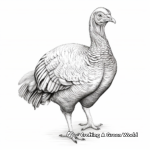
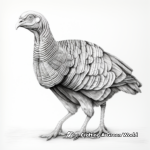
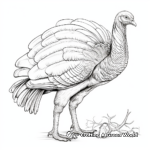
Detailed Farm Turkey Coloring Pages

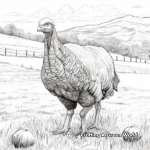
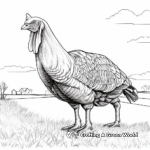

Kid-Friendly Cartoon Turkey Coloring Pages
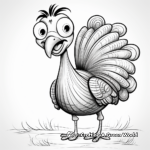
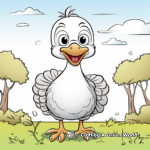
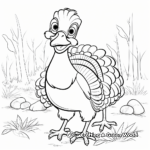
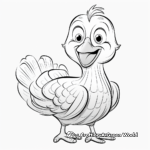
Fascinating Osceola Turkey Coloring Pages
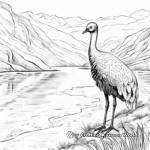
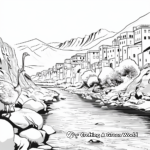
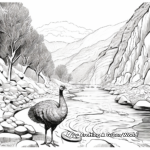
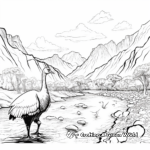
Enthralling Merriam’s Turkey Coloring Pages
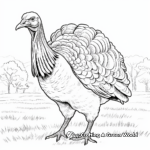
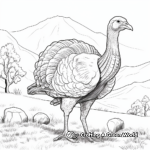
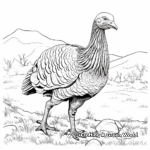

Printable Turkey Coloring Pages for Thanksgiving
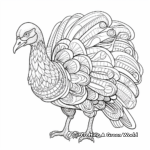
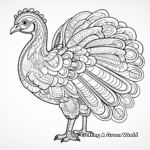
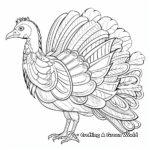
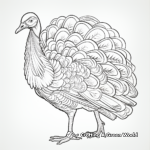
Scenic Ocellated Turkey Coloring Pages
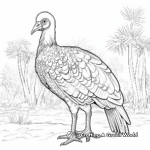

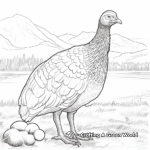
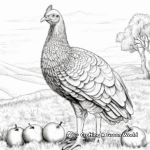
Interactive South Mexican Turkey Coloring Sheets
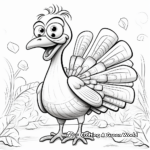

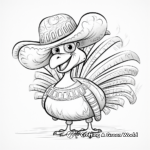
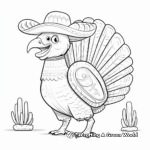
Realistic Gould’s Turkey Coloring Pages
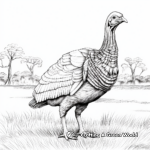
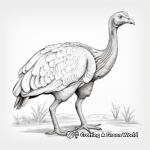
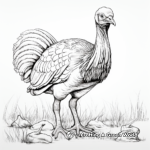

In-depth Turkey Anatomy Coloring Pages

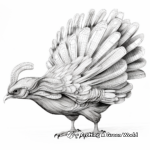


Coloring Pages of Turkey in Natural Habitat
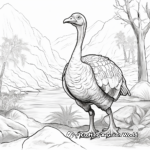
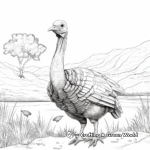
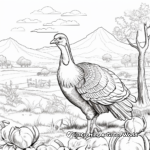
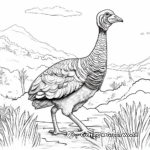
Funny Turkey Action Scene Coloring Pages
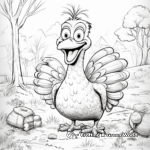
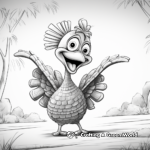


Impressive Turkey Feathers Coloring Pages

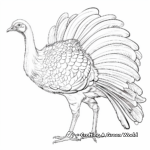
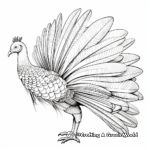
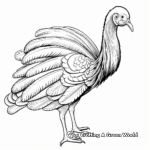
Engaging Turkey Tracks Coloring Pages
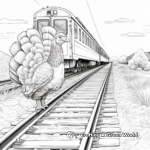
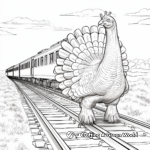
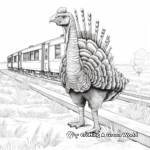
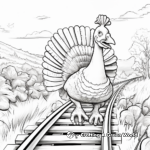
Turkey Profile Picture Coloring Pages
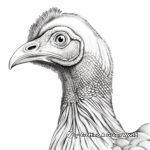

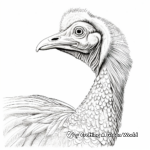
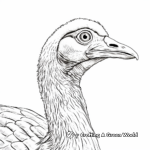
Cute Turkey Chicks Coloring Pages
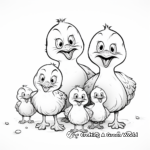
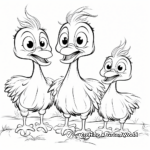
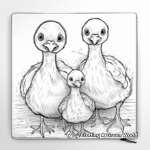

Various Breeds of Turkey Coloring Pages
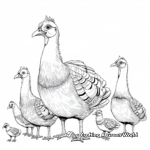
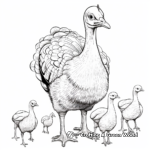
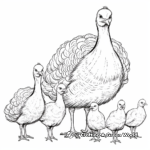
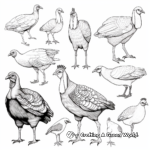
Spectacular Turkey Display Coloring Pages
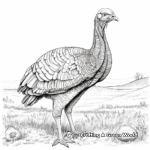
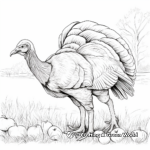
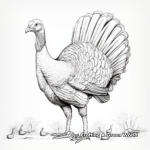
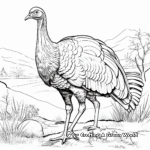
Flying Turkey Scene Coloring Pages
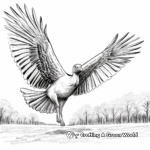
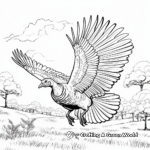
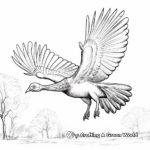

Inviting Turkey Nest Coloring Pages
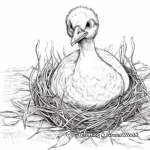
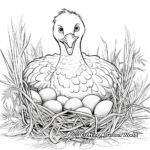
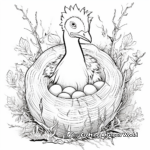
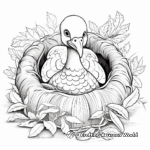
Tips For Coloring Realistic Turkey
What colors should I use for a realistic turkey coloring page?
For a realistic rendering of a turkey, you’ll primarily need a variety of browns, from light sand color to deeper chocolates for the feathers. Turkeys also have iridescent features that reflect in green or purple, so subtle touches of those colors could be used. For the head, include colors like bright red, blue, and white, which can be seen on the snood, wattle, and overall skin.
How can I add more detail and realism to my turkey coloring page?
To achieve a higher level of detail and realism, start with a base color and then incorporate shading, highlights, and textural effect. Look at real images to observe where the feathers overlap or create particular patterns. Also, note that the skin on a turkey’s head can change color based on its emotions, you may want to keep that in mind while choosing your palette.
What are some distinctive features of turkeys that I should keep in mind while coloring?
Paying attention to a few key features of turkeys can make your coloring more realistic. A turkey’s head has weird and fascinating features like the snood (the long, fleshy object on a turkey’s forehead) and the wattle (a flap of skin under the turkey’s chin) that changes color, from red to blue and white based on its mood. Turkeys also have iridescent plumage that looks green or purple in different lightings. The tail of a male turkey or ‘tom’ can fan out, which can be fascinating to color.
Can you provide some interesting facts about turkeys that I could incorporate into my art?
Sure, here are a few fun facts: Male turkeys are called “toms,” females are “hens,” and baby turkeys are “poults.” Toms perform a dramatic display where they fan out their tail, puff out their feathers, and change the color of their skin to attract hens. Wild turkeys can fly, contrary to popular belief, and they prefer to sleep in trees to avoid predators. Incorporating these aspects could make your coloring page more exciting.
Related Coloring Pages
About Our Coloring Pages
All of the coloring pages displayed on this page are free for personal use. You have our express permission to download, print, color, and enjoy these pages at your own leisure and convenience. Each piece of artwork on this page has been chosen to inspire creativity and make the world of coloring engaging and enjoyable for all age groups. This permission extends to small non-commercial group settings like classrooms or therapy settings - you have our permission to print these for free distribution to small groups.
This permission is granted strictly for non-commercial uses. These images can not be resold, republished, or used for commercial purposes in any form or method. You may not sell the final colored versions, or use them as design elements in a product that is sold. Please contact us for commercial licensing options.
Our priority is to support and inspire creativity among those who love to color. Please join us in honoring this purpose by adhering to these guidelines. Happy Coloring!
